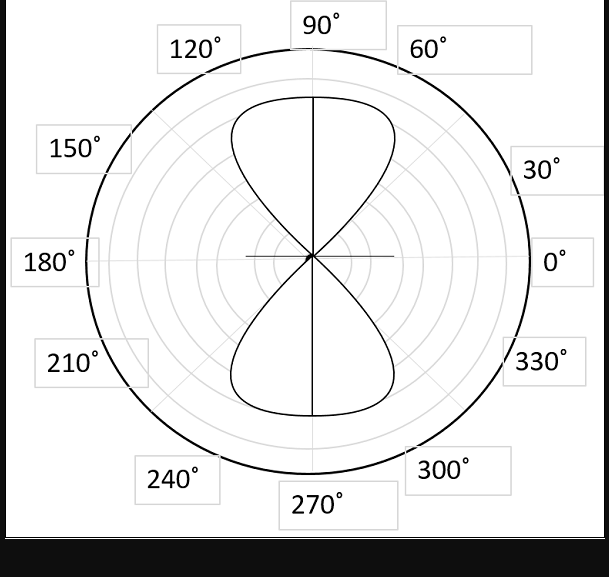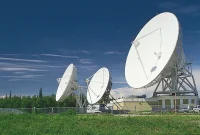What Is Helical Antenna
A helical antenna is an antenna consisting of one or more conducting wires wound in the form of a helix. A helical antenna made of one helical wire, the most common type, is called monofilar, while antennas with two or four wires in a helix are called bifilar, or quadrifilar, respectively.
In most cases, directional helical antennas are mounted over a ground plane, while omnidirectional designs may not be. The feed line is connected between the bottom of the helix and the ground plane. Helical antennas can operate in one of two principal modes: normal or axial.
The helical antenna’s operating frequency range is from 30MHz to 3GHz. This antenna can be used in the VHF and UHF bands.

How Does Helical Antenna Work
The helical antenna, also known as the helix antenna, is a type of antenna in which the conducting wire is twisted in a helical pattern and connected to the ground plate by a feeder line. It is the most basic antenna for circularly polarized waves. It’s employed in extraterrestrial communications, when satellite relays and other technologies are used.
A helical antenna system is utilized for satellite communications, as shown in the image above. These antennas necessitate a larger amount of outside space.
It is made up of a helix of thick copper wire or tubing twisted in the shape of a screw thread that serves as an antenna and is connected to a flat metal plate known as a ground plate.
Above is a diagram of a helix antenna with the antenna parts labeled.
The diameter of the helix, the turn spacing, and the pitch angle all affect the helical antenna’s radiation.
The angle formed by a line tangent to the helix wire and a plane normal to the helix axis is known as pitch angle.
where,
- D is the diameter of helix.
- S is the turn spacing (centre to centre).
- α is the pitch angle.
Operational Modes
A helical antenna’s most common modes of operation are:
- Radiation in the normal or perpendicular mode.
- Radiation in the axial, end-fire, or beam mode.
Let’s take a closer look at them.
Normal Operation mode
The radiation field is normal to the helix axis in normal mode of radiation. The waves that are radiated are circularly polarized. If the helix dimensions are modest in comparison to the wavelength, this mode of radiation is obtained. This helical antenna’s radiation pattern is a hybrid of a short dipole and a loop antenna.
The radiation pattern for the typical mode of radiation in a helical antenna is shown in the diagram above.
It is determined by the helix’s diameter, D, and turn spacing, S. The low radiation efficiency and narrow bandwidth of this mode of operation are disadvantages. As a result, it is rarely utilized.

Axial mode is the most common mode.
The waves are circularly or nearly circularly polarized and the radiation is in the end-fire direction along the helical axis in axial mode of radiation.
This mode of operation is achieved by increasing the radius to about one wavelength () and spacing to about /4. Along the axial beam, the radiation pattern is broad and directed, producing smaller lobes at oblique angles.

The radiation pattern for the axial mode of radiation in a helical antenna is shown in the diagram.
This antenna will not receive left-handed circularly polarized waves and vice versa if it is built for right-handed circularly polarized waves. This method of operation may be easily developed and is more commonly used.
The following are some of the benefits of using a helical antenna:
The following are the disadvantages of Helical antenna −
The following are some of the uses for helical antennas.
Applications of helical antenna form research gate
Direct download Here
Advantages Helical Antenna
Disadvantages Helical Antenna
Applications Of Helical Antenna
Download Helical antenna applications pdf


